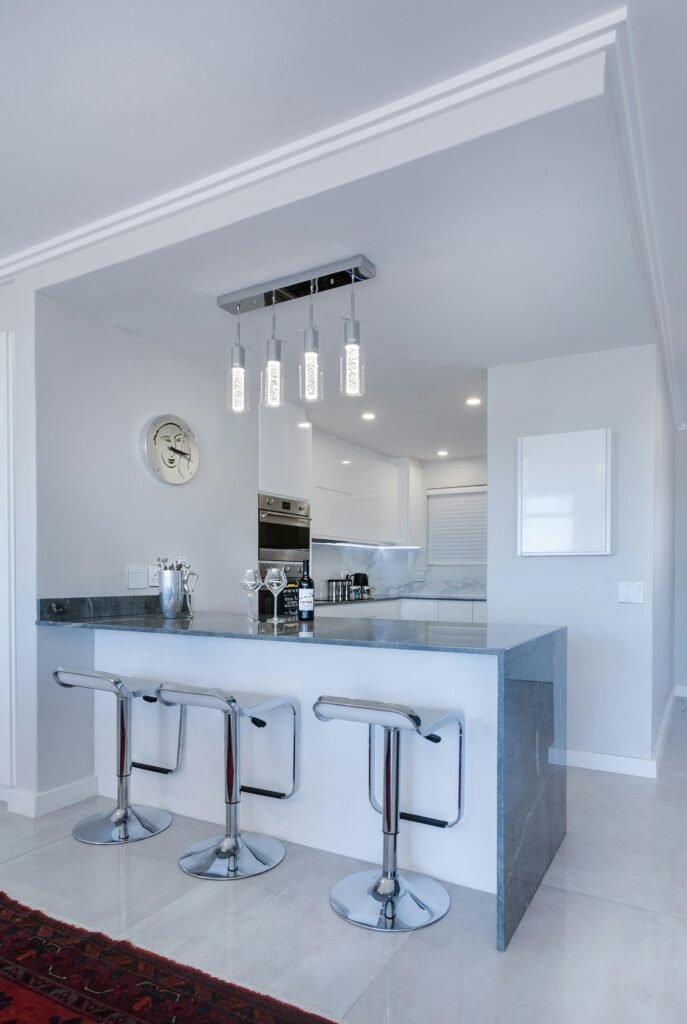Introduction
Apartments, an integral part of urban living, offer a unique blend of convenience, community, and lifestyle. From luxury high-rises to cozy studio spaces, apartments cater to diverse needs and preferences, making them a popular choice for people of all ages. This article delves into the history, benefits, types, and trends associated with apartment living, highlighting why they remain a favored residential option.
A Brief History of Apartments
The concept of apartment living dates back to ancient Rome, where multi-story buildings known as “insulae” housed the urban population. These early apartments were designed to accommodate a growing city population, setting a precedent for modern urban living.

In the 19th and early 20th centuries, the industrial revolution spurred urbanization, leading to the development of tenement buildings in cities like New York and London. These buildings provided affordable housing for workers flocking to urban centers. Over time, the demand for better living conditions and amenities gave rise to more sophisticated apartment complexes.
Post-World War II saw a boom in apartment construction, especially in the United States. Suburbanization trends led to the development of garden apartments and complexes that offered more space and community amenities. Today, apartments are diverse, ranging from economical units to luxury penthouses, reflecting various socio-economic strata.
Benefits of Apartment Living
- Convenience: Apartments often offer proximity to essential services, workplaces, public transportation, and recreational facilities. This convenience reduces commuting times and enhances the overall quality of life.
- Amenities: Modern apartment complexes come equipped with a range of amenities such as gyms, pools, communal gardens, and security services. These features enhance the living experience and provide added value to residents.

- Maintenance: One of the significant advantages of apartment living is the reduced responsibility for maintenance. Property management typically handles repairs and upkeep, allowing residents to focus on their personal and professional lives.
- Community: Apartment complexes often foster a sense of community through shared spaces and events. This can be particularly appealing for those looking to build social connections and enjoy a sense of belonging.
- Affordability: For many, renting an apartment is more affordable than buying a house. It provides flexibility, especially for those who may move for work or personal reasons.
Types of Apartments
- Studio Apartments: These compact units typically consist of a single room that serves as a living area, bedroom, and kitchen, with a separate bathroom. They are ideal for singles or young professionals.
- One-Bedroom Apartments: Offering a distinct bedroom, these apartments provide more space and privacy compared to studios, making them suitable for couples or individuals seeking a bit more room.
- Two- and Three-Bedroom Apartments: These units cater to families or roommates, offering multiple bedrooms and often additional bathrooms. They provide ample space while still benefiting from apartment living’s conveniences.
- Loft Apartments: Known for their high ceilings and open floor plans, lofts are often found in converted industrial buildings. They appeal to those seeking a modern, spacious living environment.
- Luxury Apartments: These high-end units come with premium finishes, state-of-the-art appliances, and exclusive amenities like concierge services, private gyms, and rooftop pools. They cater to affluent individuals looking for a high standard of living.
- Affordable Housing: These apartments are designed to be financially accessible, often subsidized by government programs to assist low-income families, seniors, and individuals with disabilities.
Trends in Apartment Living

- Sustainability: Eco-friendly apartments with energy-efficient appliances, green building materials, and sustainable design practices are becoming increasingly popular. Residents are looking for ways to reduce their carbon footprint while enjoying modern comforts.
- Smart Homes: Integration of smart home technology in apartments is on the rise. Features like automated lighting, climate control, security systems, and voice-activated assistants enhance convenience and security.
- Co-Living Spaces: Co-living arrangements, where individuals rent private bedrooms but share communal spaces, are gaining traction. This model promotes community and affordability, particularly among young professionals.
- Mixed-Use Developments: Combining residential, commercial, and recreational spaces, mixed-use developments create vibrant communities where residents can live, work, and play within the same area. This trend supports a more integrated and sustainable urban lifestyle.
- Health and Wellness: Apartments with wellness-focused amenities, such as fitness centers, yoga studios, and meditation rooms, cater to the growing demand for healthy living environments.
Conclusion
Apartments offer a versatile and attractive living option, adapting to the evolving needs of urban dwellers. Whether it’s the convenience and affordability for young professionals, the amenities and community for families, or the luxury and exclusivity for affluent individuals, there is an apartment type for everyone. As cities continue to grow and change, apartments will remain a cornerstone of urban living, providing comfort, community, and convenience to millions worldwide.
4o














